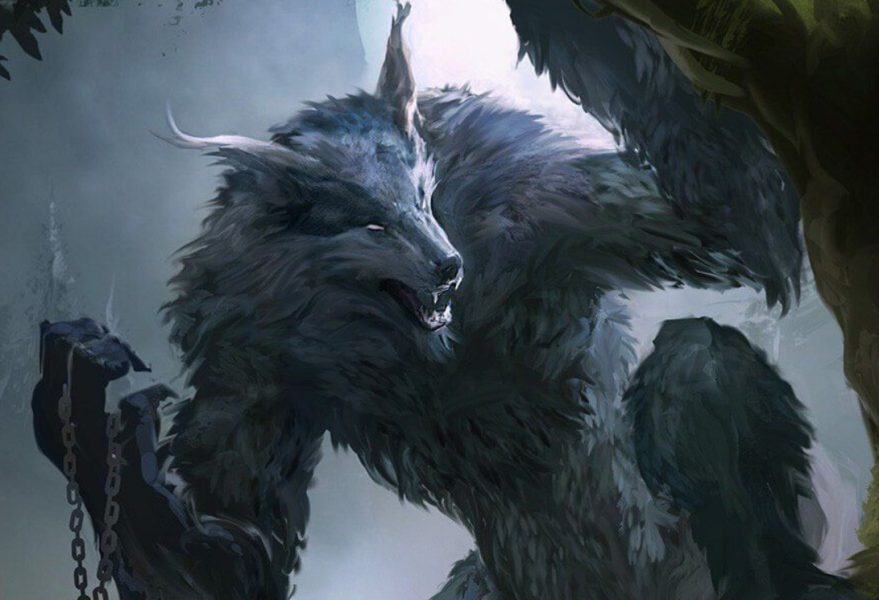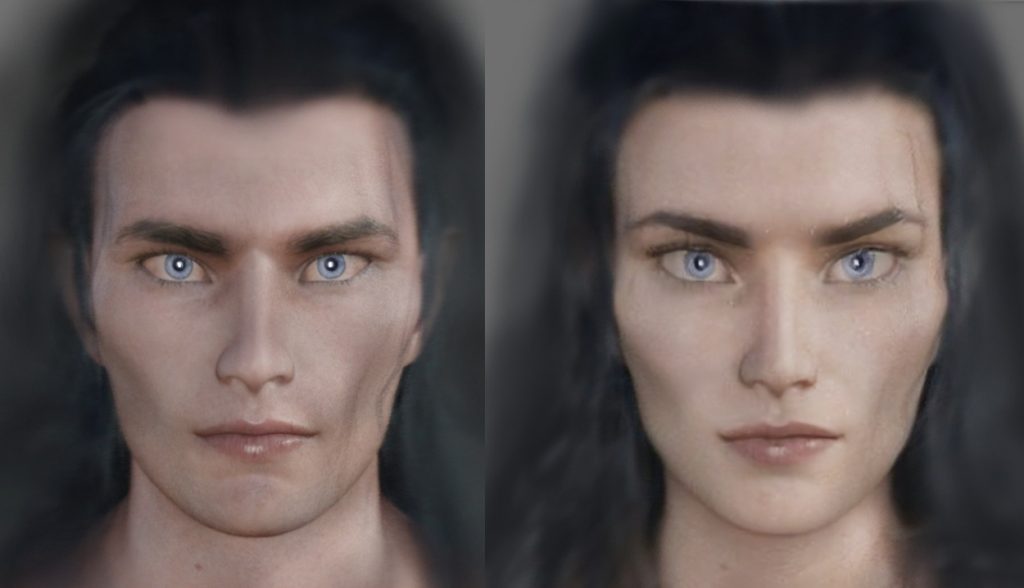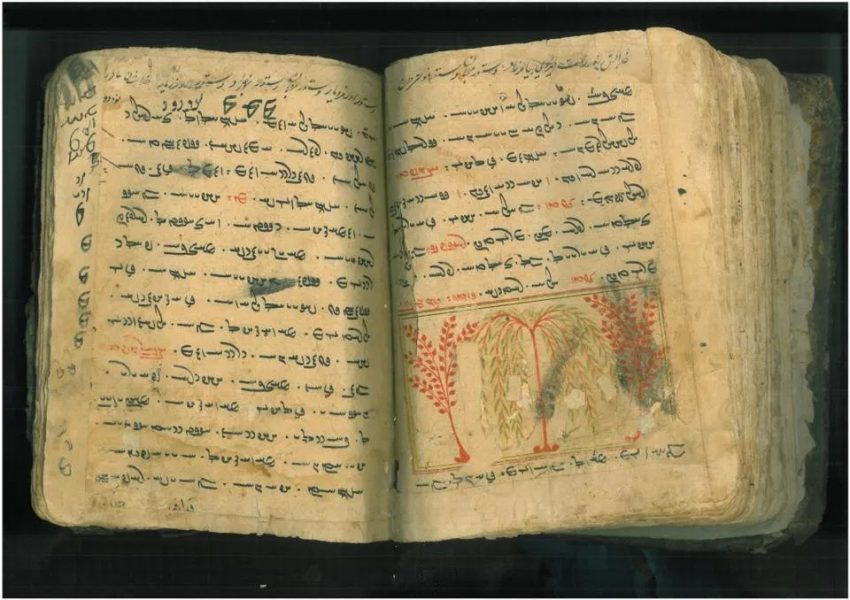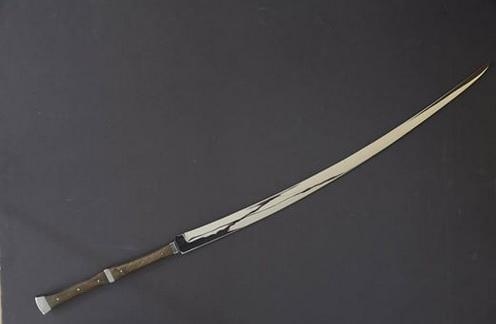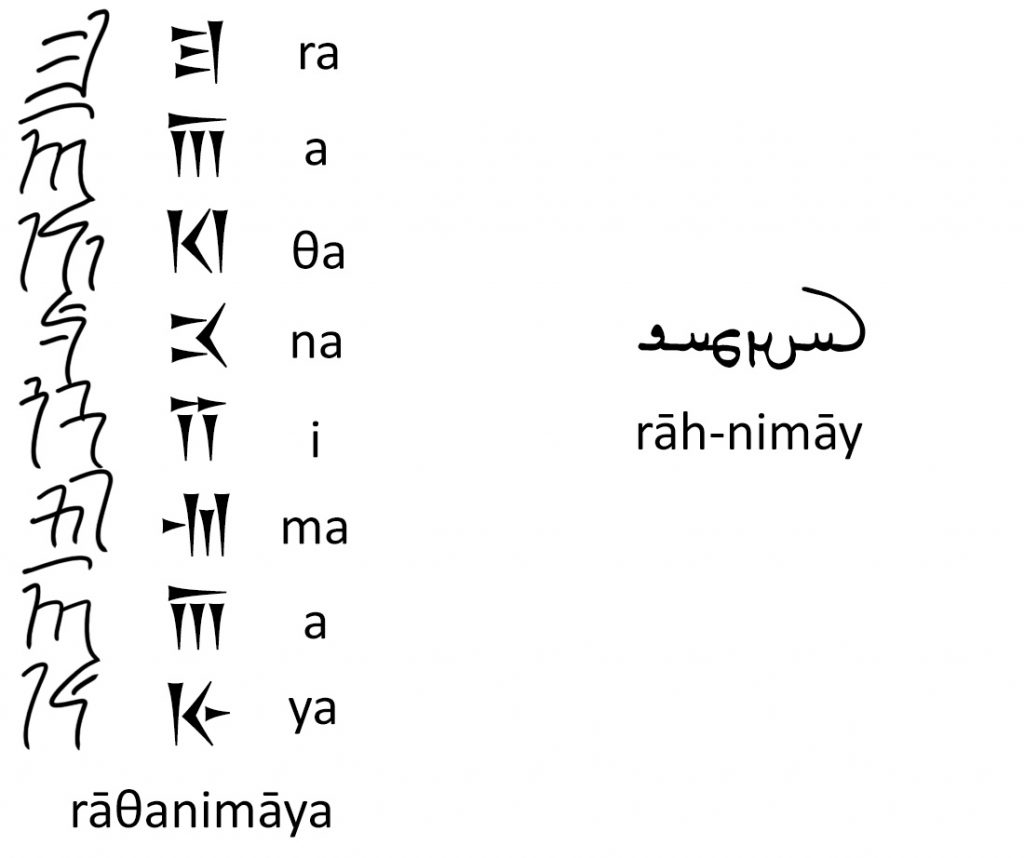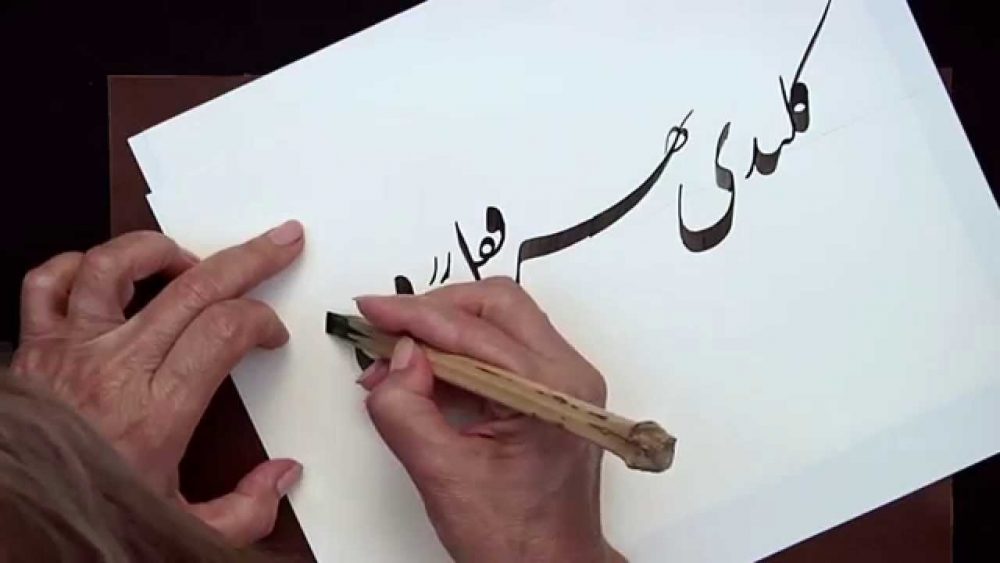The other day, nature decided to make a frank muck. On Thursday, it rained all evening and night, and at that time it was about -5 outside - and as a result, everything around is now covered with a centimeter layer of ice. I have claws on my feet, I can still somehow walk, but the rest is very hard. Sad, in short.
So, armed with a triple dose of ginger and cinnamon teas, I'll tell you a little about a thing that is considered one of the earliest descriptions of interspecies romantic relationships in our Orean history.
This little thing is a poem called "Layğr ed fuamāyāe sawūr" - translated from dzhearta, this is "A Song of Strange Love." It was written in Eryakhshara, somewhere in the 9th-8th centuries BC. The author is unknown, and this is not surprising: even now, interspecies love in society is not strongly approved, but then it was completely shameful. It is generally accepted (based on the analysis of the text) that the famous poet Vizhir gur Heshsh at Kuyab, who lived at that time, wrote the "Song", but this is not very accurate.
The poem tells how the lyrical hero (or heroine), having met a person, falls in love with him/her quite unexpectedly. The first third of the poem is a lengthy discourse on why it happened and what to do about it; the second is a brief episode of happiness, when the hero finds the strength to confess his feelings to a person and it turns out that they are mutual; the third is separation (most likely eternal), the lyrical hero rethinks his life in the context of the events that happened to him and finds the strength to live on.
The poem is also interesting because it was written in something like free verse: there are simply no typical means of expression characteristic of the then Eryakhshar poetry (alliteration, an equal number of syllables in lines). Why this is so, we are unlikely to ever know.
Finally, we will show you a couple of stanzas from the very, very beginning.
That night went crazy
The rain was like
Azur splashed in the well of heaven,
And the water poured down.
That night the people came
You were one of them.
The face of a man on whom water runs,
faceless, on other people
Seems like.
Were your eyes? Palms, smell, or
something else - than from others
were you different?
Why you
without even touching
remember?
(Original:
Kam şebāj ţakrilajaypyāv emq —
Eryāj
Azūr şapurimirimyāseḑ ħelaxt,
Yī abalad sūryā hayɠōvv
vad.
Kam şebyāseḑ maşyā rağjind —
Sār yekē ḑin vadar
Meşfēyē maşyā ed abalyāv oţsavayp
ameşfayna ħer, melţē maşyāe antarayram
vast.
Ganbeşr vadundhal? Qardā, xşads, paḑ
jal māe—ed jadyāv antarāyrzem
jivoţħōskar?
Ejjadyav şard
nequşp ħer
şemanam?)


